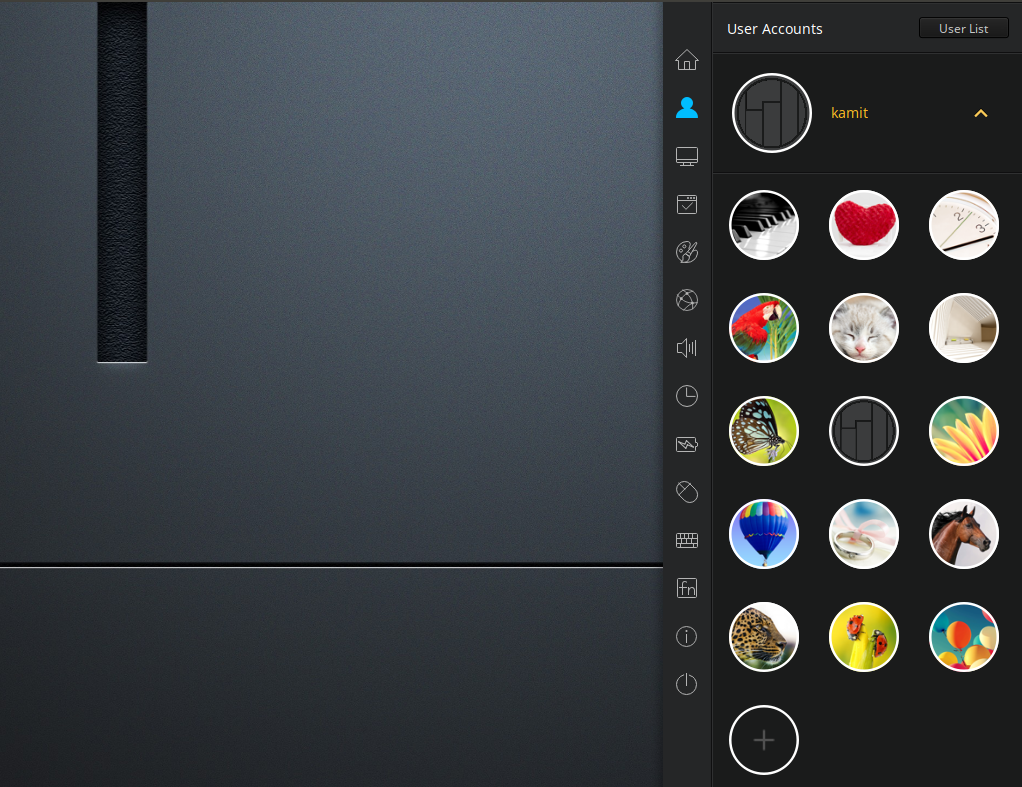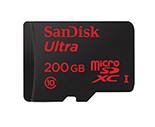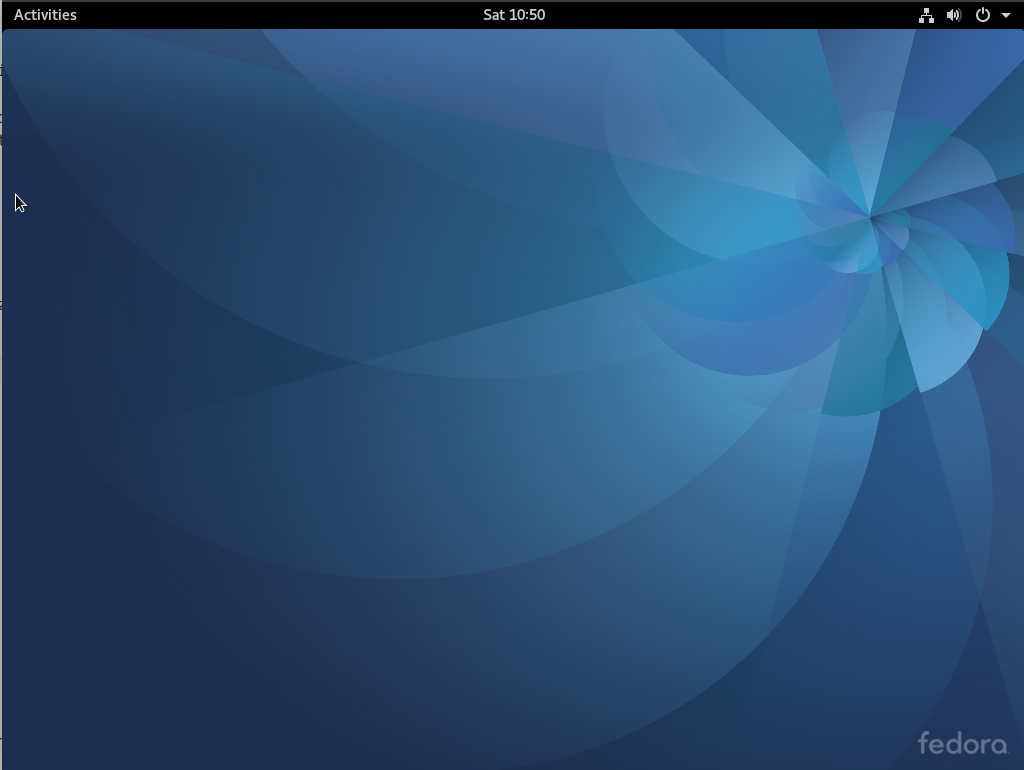The customer, as they say, is always right. So if you are selling something, your top priority is to make it so that people will want to use it. That will give them a reason to buy it.
The same principle, in my view, applies, or should apply, to Linux on the desktop. End-users first. Give users a distribution that just works, so that they can get stuff done without needing to learn how the system works. Of course, those who need to get digital grease on their hands have the option to do just that, if that’s what they want.
Does your distribution just work? Does your favorite distribution’s developer subscribe to this principle? The principle of It Just Works. Many, do, but a significant percentage still clink to an extreme view of software freedom.
So it good to see a distribution developer give an accurate description of most of the ideas embodied in this principle. The distribution is Linux Deepin, a desktop distribution that is based on Ubuntu. Not too long ago, the developers decided to build a custom desktop interface atop GNOME 3 technologies, ditching the GNOME Shell in the process.
The result, the Depth Desktop Environment, is still a work in progress, but I think they are moving in the right direction. At this easily stage, it show signs of most of what a desktop distribution should have, so I’m looking forward to the next major update.
If you have not used the latest release of Linux Deepin, reading what one of the developers wrote about what a distribution that just works ought to have should give you an idea of what to expect. Here’s an excerpt:
1. It’s not the users’ job to work out the details
There are lots of things to learn about Linux. Programmers can examine underlying algorithms. Designers can do visual studies. Experts in other subjects can do research in their fields. However, ordinary users will basically need to listen to the music, watch movies or the like.
Traditionally, Linux users, especially Chinese users, have to spend days to get fonts, character encodings and codecs working properly. Sometimes they go to extremes to get bleeding-edge versions of underlying libraries. I am a geek myself. I never use a mouse when coding and I use Emacs to get everything done. I also lived the days when I was full of enthusiasm and spend days and nights playing with my system. However, as time goes by, I would rather see that things *JUST* work and do not need configuration after installation.
So We have put the idea into practice. The arduous and daunting configurations are already done by Deepin. All users need to do is enjoy.
You may read the rest here.







